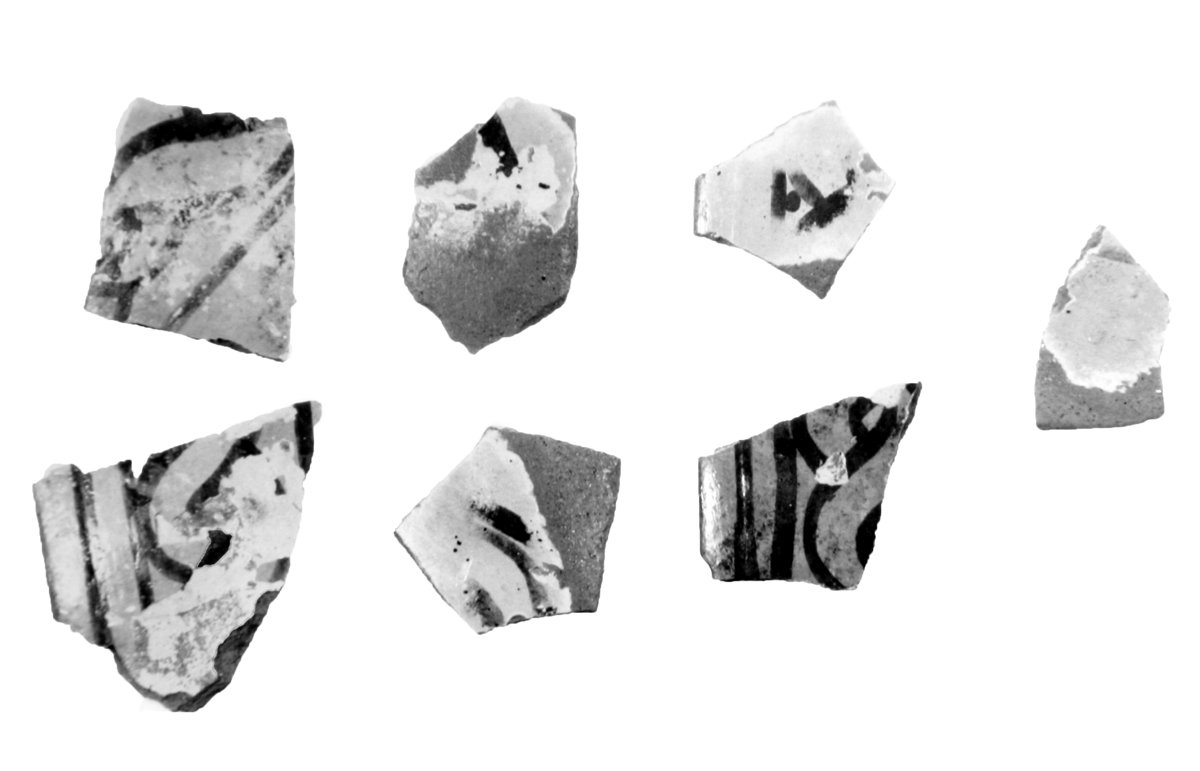
Fragment of Cup
Egyptian Art
| Place of production | Egypt |
|---|---|
| Date | Third Intermediate Period |
| Object type | amulet |
| Medium, technique | Egyptian faience |
| Dimensions | 3.7 x 3.7 x 0.6 cm |
| Inventory number | 51.2629 |
| Collection | Egyptian Art |
| On view | Museum of Fine Arts, Basement Floor, Ancient Egypt, Temples and gods |
From the 18th dynasty onwards, the aegis appeared as an element of the menat (counterpoise necklace), as a part of the counterpoise. The necklace was usually held in the owner’s hand and functioned as a ritual rattle. It was thought to appease the dangerous power of God, and thus it provided protection. It represents a wide, beadwork collar (wesekh collar) surmounted by the head of a deity, most frequently of a lion- or cat-headed goddess (Isis, Sakhmet or Hathor). This pale green faience amulet represents a woman’s head above the wesekh collar divided by horizontal rows. Her crown or headdress is missing. The aegis became popular from the Third Intermediate Period onwards, it could be made in various forms, sizes, and materials, and it also appeared as an amulet at this time. This Egyptian amulet was pressed from a mould and made of Egyptian faience paste. It was thought to guard its owner by the protecting power of the god depicted on it.
This record is subject to revision due to ongoing research.